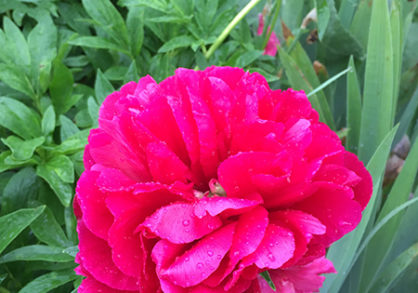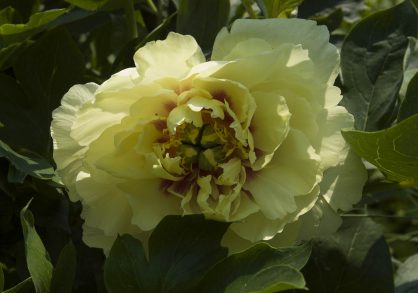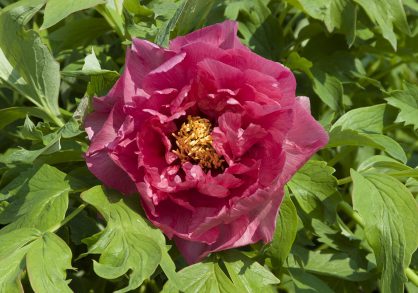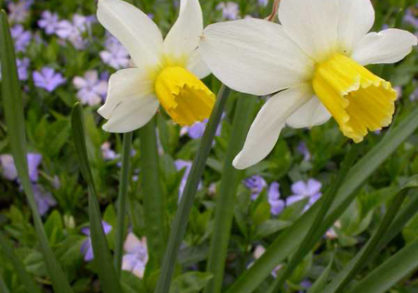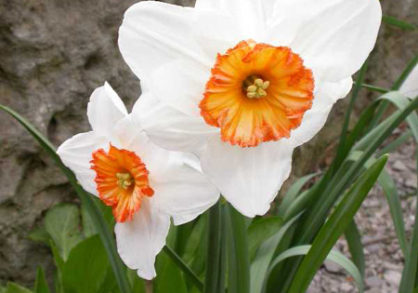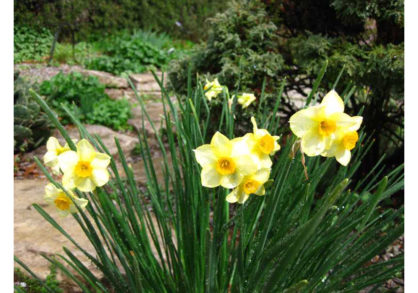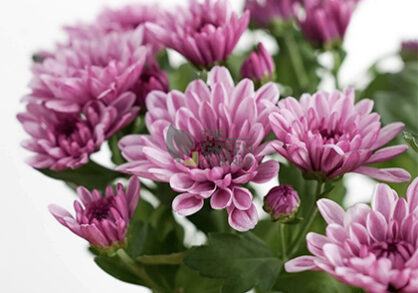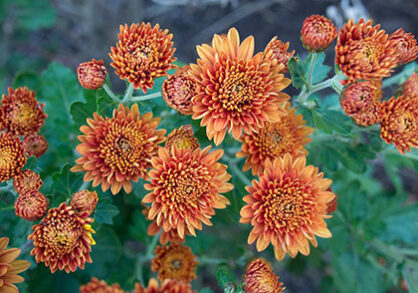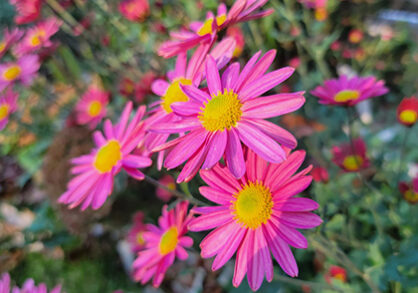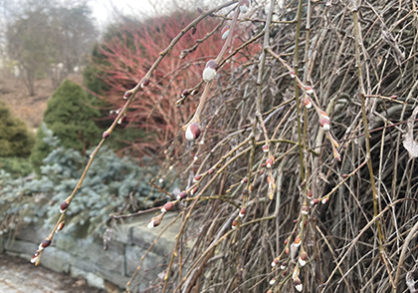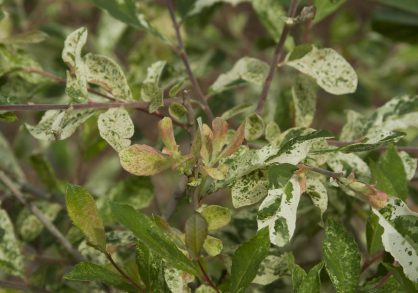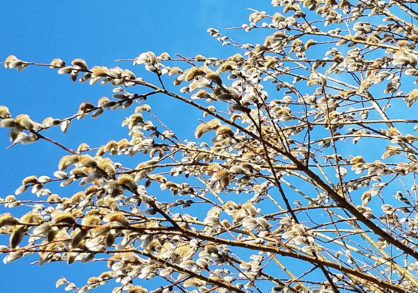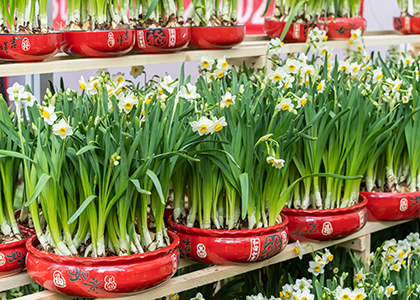
Today is the final day of the 15-day Chinese New Year celebration. Also known as the “Lunar New Year” or “Spring Festival,” it marks the beginning of spring on the traditional lunisolar calendar.
Symbolic meaning is embedded in this annual celebration, from the foods eaten, gifts given, clothing worn, to decorations that adorn homes and community spaces. Plants figure prominently as gifts. They offer ways to communicate happiness and good fortune to loved ones. Four plants rooted in Chinese New Year traditions are present in Cornell Botanic Gardens’ collections.
Peony: Riches and honor
The peony (Paeonia spp.), a national symbol of China, is associated with feminine beauty, innocence, affection, and charm. The beautiful peony flower is also commonly referred to as the “flower of riches and honor” based on its role in Chinese mythology. Red peonies are particularly popular during this time.
Narcissus: Good fortune and prosperity
The unique and delicate narcissus flower has become a symbol of good fortune and prosperity. Of the dozens of species in the genus Narcissus native to central Europe and the Mediterranean region, Narcissus tazetta made its way to China as early at 690 CE according to historical records. One of the most favored flowers of Chinese New Year traditions, this species of Narcissus is known as “Water Fairy Flowers” or “Chinese Sacred Lilies.” They are often grown in a shallow dish of water and pebbles.
Chrysanthemum: Wealth and longevity
Chrysanthemums with purple flowers are considered lucky, and ones with golden or yellow flowers symbolize wealth. Chrysanthemums are often depicted in traditional Chinese art to represent longevity and are traditionally gifted to older members of the family for this reason.
Pussy willow: Growth and prosperity
The buds of pussy willows (Salix sp.), known as silver willow in China, resemble silk from which green shoots emerge during spring. This has become a sign of growth and the coming of prosperity. Pussy willow arrangements are commonly displayed during this festive season, and are often adorned with red ribbons, gold charms, and other ornaments.
Whether you are able to visit Cornell Botanic Gardens in person or enjoy our gardens and natural areas from afar, explore this sampling of peonies, narcissus, chrysanthemums and pussy willows, which grow throughout Cornell Botanic Gardens.
Plants of Chinese New Year
Click on each image to learn more about each plant and where they are located.
